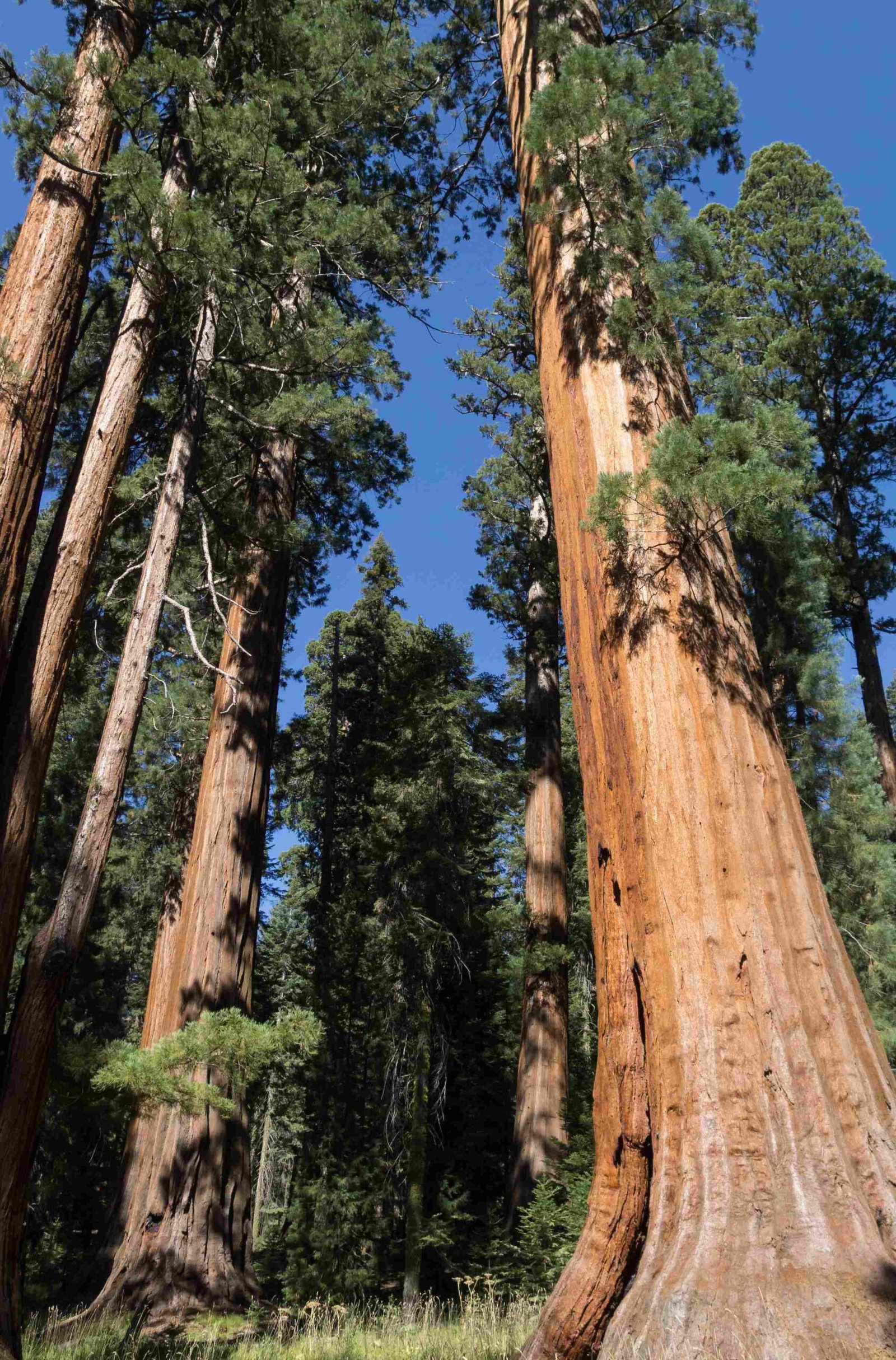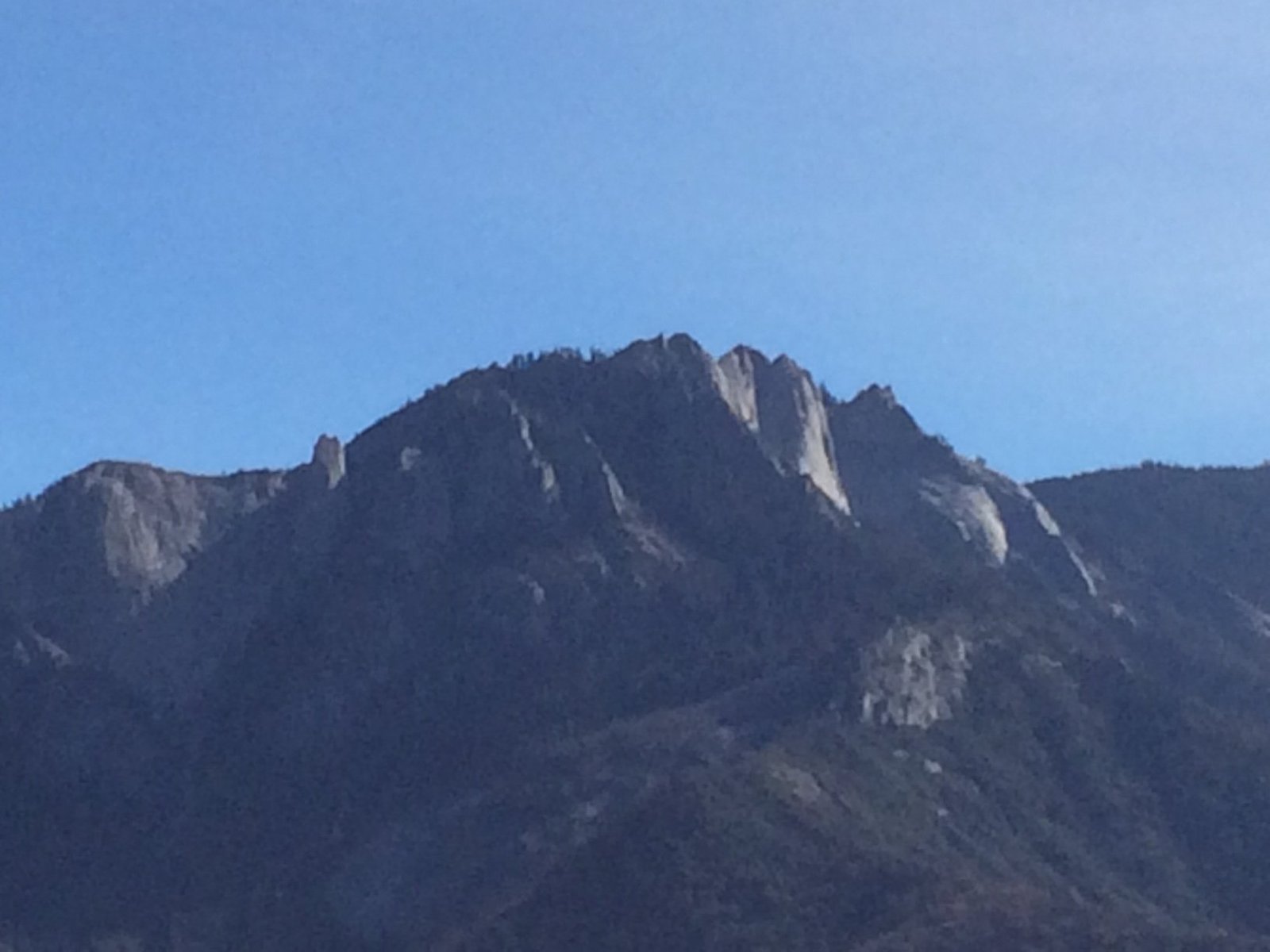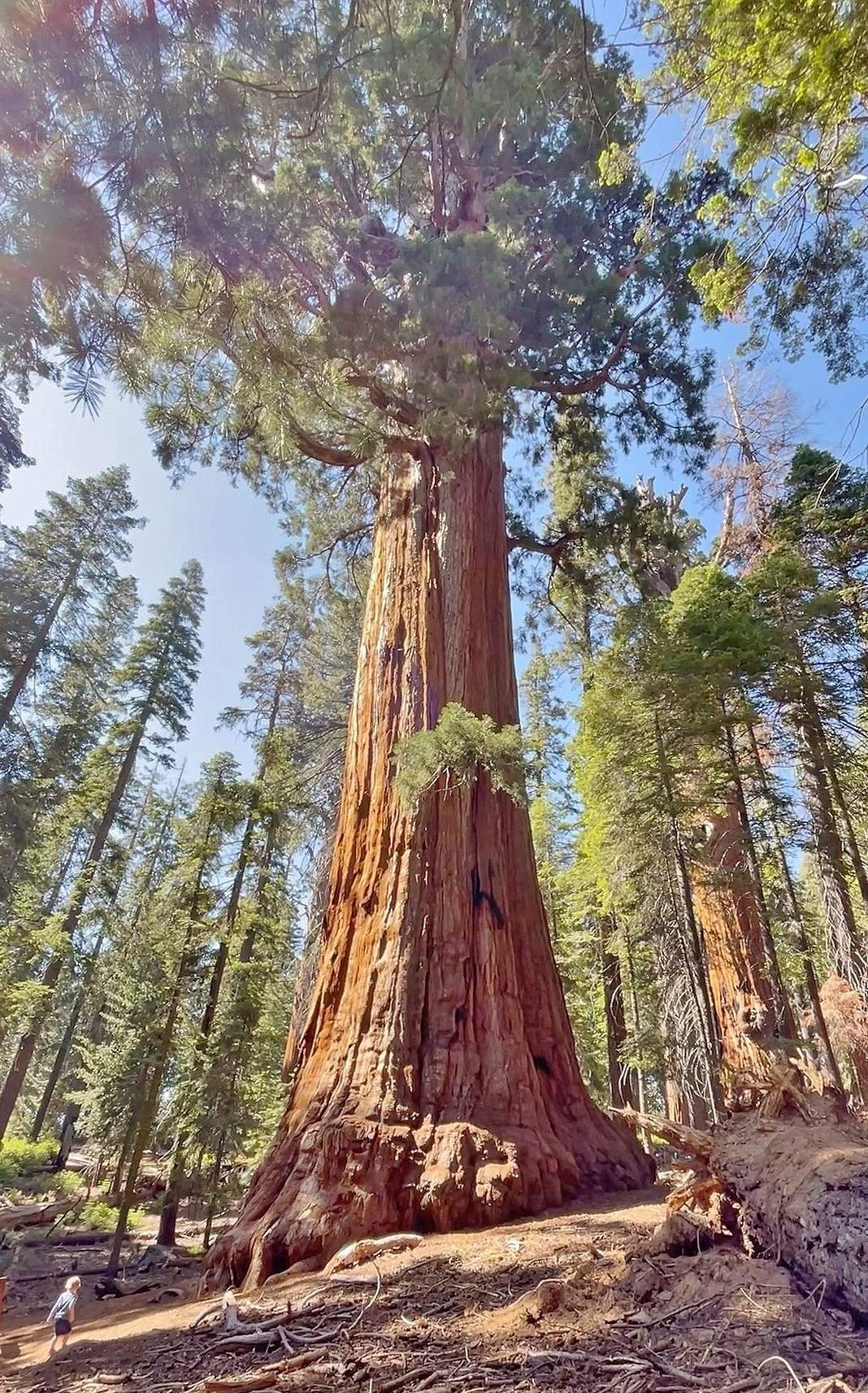The Buffalo Soldiers played a crucial role in the early development and protection of Sequoia National Park. These African American regiments, primarily the 9th and 10th Cavalry and the 24th and 25th Infantry, served as some of the first guardians of America’s national parks. Their contributions to Sequoia National Park were particularly significant during their deployments in 1899, 1903, and 1904, where they built roads, trails, and enforced park regulations, laying the foundation for modern conservation efforts.
Who Were the Buffalo Soldiers at Sequoia National Park?

The Buffalo Soldiers were African American regiments of the U.S. Army, formed in 1866 after the Civil War. At Sequoia National Park, they served as early park rangers and protectors. Their presence in the park was most notable during three summers:
- 1899: First deployment to Sequoia
- 1903: Under the leadership of Captain Charles Young
- 1904: Continued work on park infrastructure and protection
These soldiers faced discrimination and challenging conditions but persevered to make lasting contributions to the park’s development.
What Were the Major Contributions of Buffalo Soldiers to Sequoia National Park?

The Buffalo Soldiers made several significant contributions to Sequoia National Park:
-
Road Construction: They built the first wagon-accessible road into the Giant Forest, a monumental task that opened the park to visitors.
-
Trail Building: Constructed the first trail to the top of Mt. Whitney, the highest peak in the contiguous United States.
-
Conservation Efforts: Enforced park regulations, prevented poaching, illegal grazing, and timber theft.
-
Fire Suppression: Worked to control and prevent wildfires within the park.
-
Leadership: Captain Charles Young became the first African American acting superintendent of a national park in 1903.
These contributions were crucial in shaping Sequoia National Park into the protected area we know today.
How Did the Buffalo Soldiers Improve Access to Sequoia National Park?
The Buffalo Soldiers dramatically improved access to Sequoia National Park through several key projects:
-
Giant Forest Road: Built the first wagon road into the Giant Forest, making it accessible to visitors for the first time.
-
Mt. Whitney Trail: Constructed the first trail to the summit of Mt. Whitney, opening up new areas of the park for exploration.
-
Infrastructure Development: Created bridges, culverts, and other necessary infrastructure to support park operations and visitor access.
-
Mapping and Surveying: Conducted surveys and created maps of the park, improving navigation and planning for future development.
These improvements laid the groundwork for the modern visitor experience at Sequoia National Park.
What Conservation Efforts Did the Buffalo Soldiers Undertake?
The Buffalo Soldiers were instrumental in early conservation efforts at Sequoia National Park:
- Poaching Prevention: Patrolled the park to prevent illegal hunting of wildlife.
- Grazing Control: Stopped unauthorized sheep grazing that was damaging the park’s ecosystem.
- Timber Protection: Prevented illegal logging of the giant sequoia trees.
- Fire Management: Worked to suppress and prevent wildfires within the park boundaries.
- Regulation Enforcement: Enforced park rules and regulations to protect natural resources.
These efforts were crucial in preserving the park’s unique ecosystem and giant sequoia groves for future generations.
Who Was Captain Charles Young and What Was His Role?
Captain Charles Young was a pivotal figure in the history of Buffalo Soldiers at Sequoia National Park:
- Third African American graduate of West Point
- Served as acting superintendent of Sequoia National Park in 1903
- First African American to hold such a position in a national park
- Led the 9th Cavalry in their work at the park
- Oversaw significant improvements in park infrastructure and conservation efforts
Young’s leadership was instrumental in advancing both the park’s development and the role of African Americans in the National Park Service.
Are There Any Memorials to the Buffalo Soldiers in Sequoia National Park?
While there is no specific, dedicated memorial to the Buffalo Soldiers within Sequoia National Park, their legacy is honored in several ways:
-
Buffalo Soldiers Scenic Route: A section of the road built by the 9th Cavalry has been designated with this name.
-
Booker T. Washington Tree: Named by Captain Young, this tree serves as a living memorial to the Buffalo Soldiers’ work.
-
Educational Programs: The park offers educational programs and exhibits that highlight the contributions of the Buffalo Soldiers.
-
Interpretive Signage: Some areas of the park feature signs and plaques that mention the Buffalo Soldiers’ role in park history.
While not a physical memorial, these recognitions help keep the memory of the Buffalo Soldiers’ contributions alive.
How Can Visitors Experience the Buffalo Soldiers’ Legacy at Sequoia National Park?
Visitors can experience the Buffalo Soldiers’ legacy at Sequoia National Park in several ways:
-
Drive the Buffalo Soldiers Scenic Route: Travel the road built by the 9th Cavalry.
-
Visit the Giant Forest Museum: Learn about park history, including the Buffalo Soldiers’ contributions.
-
Hike Mt. Whitney Trail: Experience the trail first constructed by the Buffalo Soldiers.
-
Attend Ranger Programs: Participate in educational programs that often include information about the Buffalo Soldiers.
-
Explore the Giant Forest: Walk among the giant sequoias protected by the Buffalo Soldiers.
What Are the Accessibility and Transportation Options for Visitors?
For visitors interested in exploring the Buffalo Soldiers’ history at Sequoia National Park:
- Accessibility:
- Most major attractions are accessible by car
-
Some trails and areas may have limited accessibility for those with mobility issues
-
Parking:
- Available near major attractions like the Giant Forest Museum
-
Follow park regulations and use designated parking areas
-
Transportation:
- Personal vehicles can be used to navigate park roads
- Shuttle services may be available during peak seasons (check current park information)
- No specific transportation dedicated to Buffalo Soldiers sites
Visitors should check the official Sequoia National Park website for the most up-to-date information on accessibility and transportation options.
How Has the Legacy of the Buffalo Soldiers Influenced Modern Park Management?
The legacy of the Buffalo Soldiers has had a lasting impact on modern park management:
-
Diversity in Conservation: Their service highlighted the importance of diversity in conservation efforts.
-
Infrastructure Development: Many of the roads and trails they built are still in use today.
-
Conservation Practices: Their early efforts in wildlife protection and fire management laid the groundwork for current practices.
-
Educational Outreach: Their story is now part of the educational programs in national parks, promoting inclusivity and historical awareness.
-
Leadership Model: Captain Young’s role as acting superintendent set a precedent for diverse leadership in park management.
The Buffalo Soldiers’ dedication to protecting and developing Sequoia National Park continues to inspire modern conservation efforts and park management strategies.

